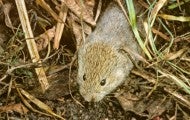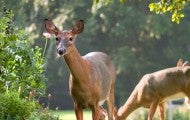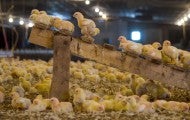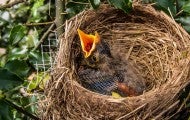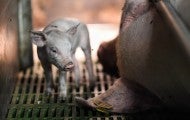By some human standards, my pond is a hot mess. Underneath and around the water lilies are fallen leaves, branches and other debris of decomposing plants. Along the edges, sea oats, sedges and swamp sunflowers hug the rocks. But if humans are picky in their desire for orderliness, frogs are just as...
To experience the natural world, we often navigate congested highways to swim in the sea, fly over patchworked terrain to hike through preserved forests and climb distant mountaintops to catch rare views. Largely because of our ever-increasing mobility, the areas nearest to us are rarely the dearest...
Around the world, animals used for meat, eggs and dairy often suffer on factory farms where they are treated as units of production rather than living, feeling creatures. The Humane Society of the United States and Humane Society International present comprehensive reports on animal agribusiness and...


